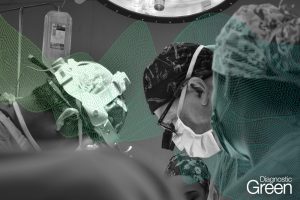Background: The lateral upper arm (LUA) pathway is a route of superficial lymphatic drainage that bypasses the axilla by draining to the deltopectoral, clavicular, and cervical lymph nodes. Despite the fact that anatomic variations of the LUA pathway have been implicated in breast cancer-related lymphedema (BCRL) risk after axillary lymph node dissection (ALND), the incidence of the LUA pathway variations in the healthy population has never been reported.
Methods: Healthy female volunteers underwent bilateral lymphatic mapping of the upper extremities with indocyanine green (ICG) lymphography. ICG was injected in six standard sites in the hand/wrist and upper arm. Major anatomic variations of the LUA pathway were recorded including bundle phenotype (long, short, or absent), proximal visualization sites, and forearm pathway continuation to the long bundle phenotype.
Results: 90 arms of 45 volunteers were included. The LUA pathway was present in 99% of arms and a long-versus-short bundle phenotype was observed in 71% versus 28% of arms. When the long bundle was present, it was formed by continuity with the forearm posterior radial channel alone (47%), posterior ulnar channel alone (34%), or both channels (19%). The LUA pathway was traced proximally to the deltopectoral groove in 89% of arms and to the axilla in 11% of arms.
Conclusions: We observed similar proportions of arms with long and short bundle phenotypes in comparison to our previous report of the LUA pathway in breast cancer patients with nodal disease. Defining the incidence of the LUA pathway with its variations in the general population is important as variations in this pathway may have implications for an individual’s risk of developing BCRL.




